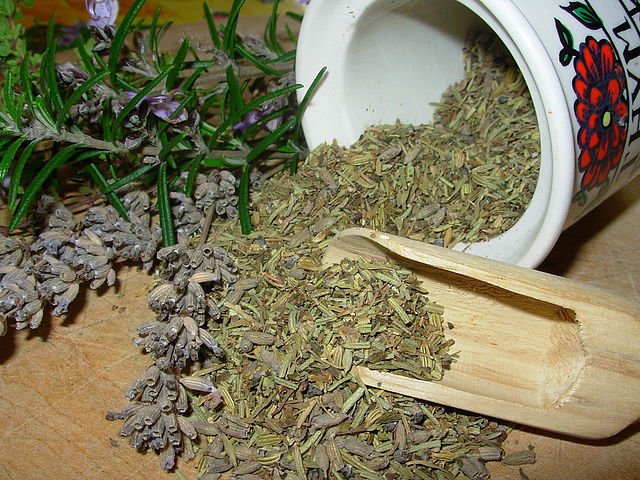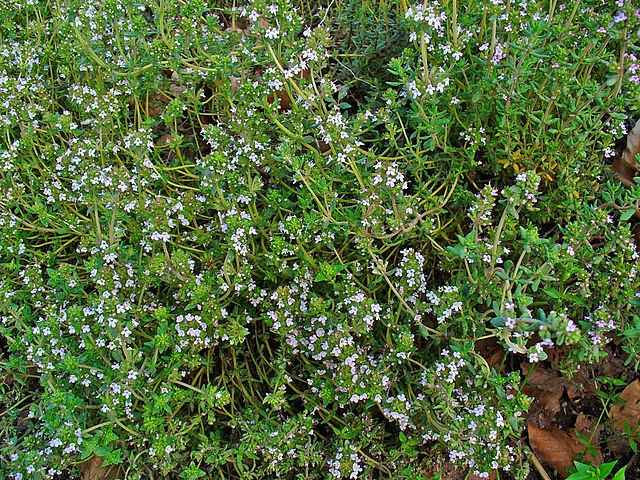Gluten-Free and Good Taste Need Not Be Mutually Exclusive
Recently, I found out that, like about 18 million people, I have gluten intolerance: I have an allergy or sensitivity, depending on whom you ask, to wheat, barley, and rye. With a wide range of symptoms such as weight gain, lactose intolerance, alternating bouts of diarrhea and constipation, headaches, and fatigue, this increasingly common, or increasingly diagnosed, condition needs to be considered. Those who are not directly affected by gluten intolerance are increasingly more likely to know of someone, a friend or loved one, who is affected by this condition.
What does all of this mean for Sensual Thymes? Having to go gluten-free does not mean having to give up good taste: it just means having to do a little more research to find suitable alternatives for recipes that contain gluten, such as finding a ready-made mix, or a make-it-yourself recipe, of flour substitute. It also means embracing foods that are naturally gluten-free and healthy, such as the vegetables, fruits, and herbs that you either grow in the garden or purchase. These natural gifts should take center stage.
One can honor the natural marriage of gardening and cooking, embracing an Epicurean ideal, without sacrificing quality. I believe this in every fiber of my being.
I am still learning all of the gluten-free tricks--it's a bit of a learning curve, but I will pass along whatever I glean.
For my part, in a concerted effort to be as inclusive as possible, I will offer gluten-free and sugar-free (for my diabetic friends and readers) options to any recipes I post. I want everyone to be able to join the party. In that spirit, bon appetit: always.
.jpg) |
| By Jina Lee [CC-BY-SA-3.0 (http://creativecommons.org/licenses/by-sa/3.0)], via Wikimedia Commons |
On another note: The Creative Goddess ecourse offered by the Amazing Biz and Life Academy can make a impact in your overall creativity. While the course does not focus specifically on the culinary arts, what you learn from the ecourse can be transferred to cooking. This course has made a difference in my own life, and I recommend it heartily. Disclaimer: I am an affiliate for the Amazing Biz and Life Academy; I maintain an affiliate relationship only with companies that I fervently support and believe in.

























